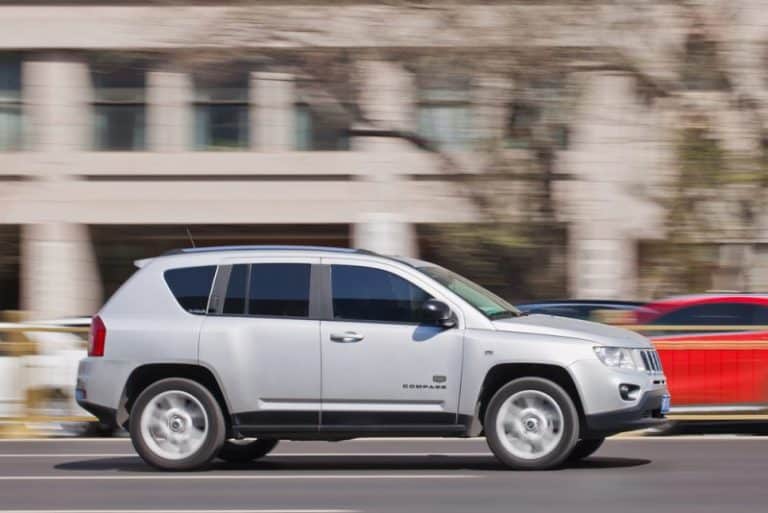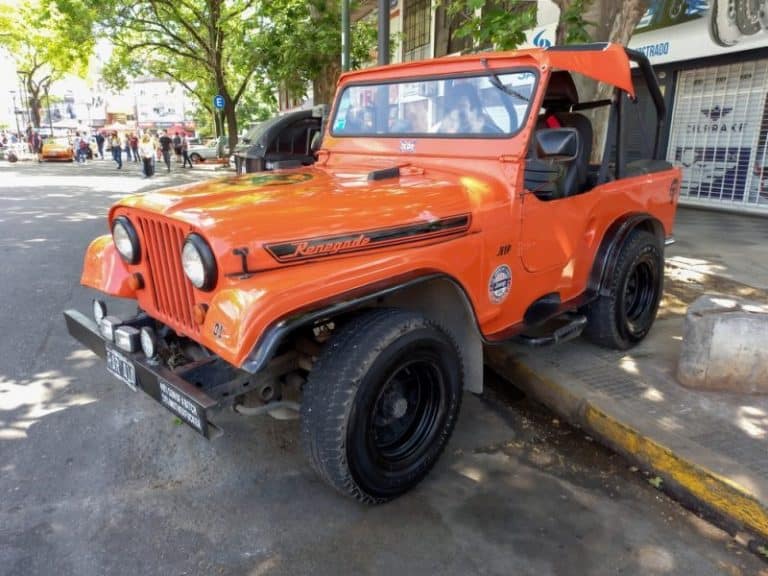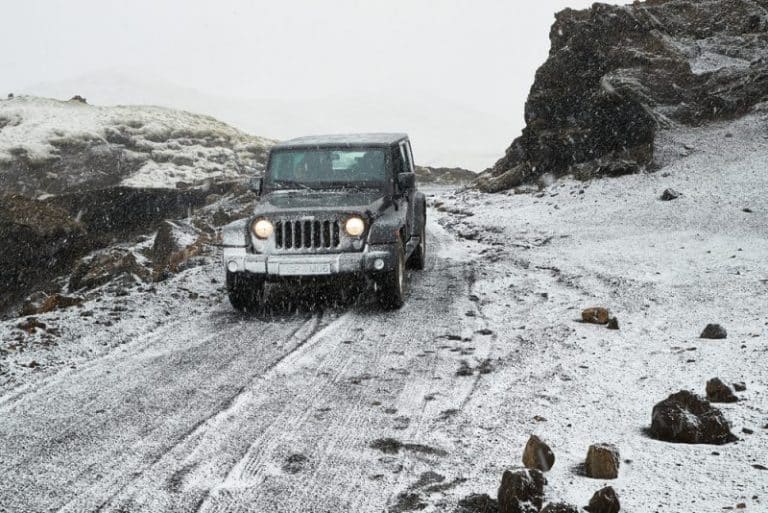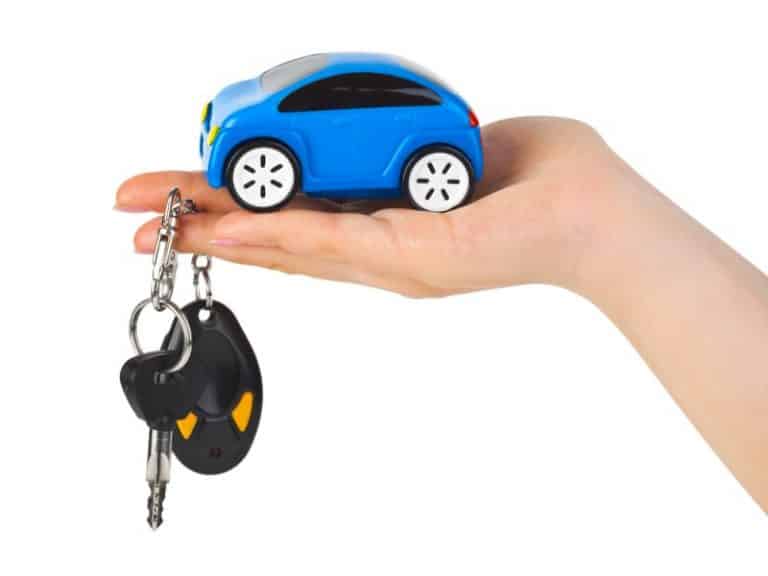How Do I Know If My Jeep Has Lockers? (Let’s Find Out)
When considering lockers, they are vital components a Jeep needs to have because its need might surface t anytime.
As an off-road Jeep driver, you need to be double sure that your vehicle has lockers to enjoy your ride. But how do you know if your Jeep has one?
You can identify Jeep lockers by observing the wheels when jacked. If there is a second line like an electric cable or airline other than the standard rubber tube emanating from then differential, your Jeep has a locker. You can also check if your Jeep model has a locker by consulting your vehicle manual or researching from Jeep’s website.
What Are Lockers on Jeep?
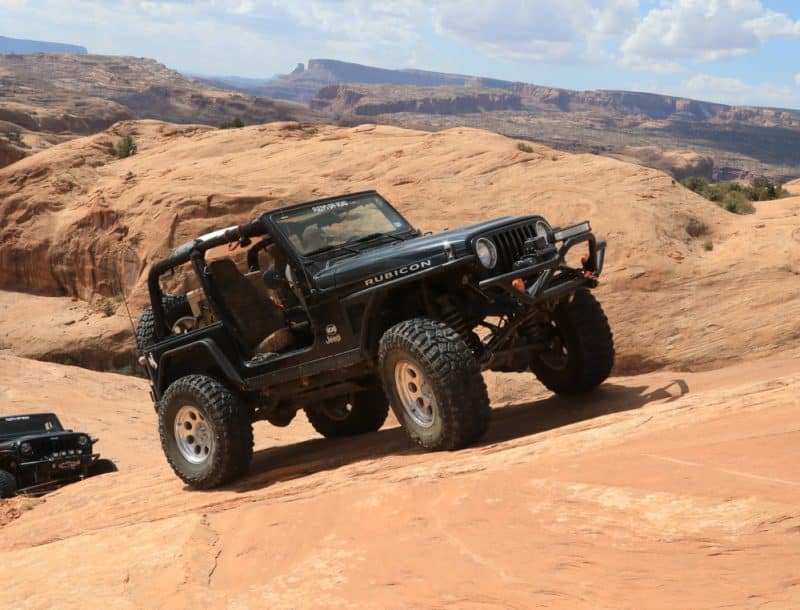
Lockers or Jeep locking differentials are external parts of a Vehicle (especially Jeeps) created to overcome the limitation that an open differential would present.
They do this by locking the two wheels on an axle together and making them appear like they’re of the same shaft.
In addition, although, they still give room for the wheels to move at different speeds whenever the need arises (e.g., when turning).
For example, when turning, the outer wheels spin faster than the inner ones, regardless of the tractions in the wheels.
Jeep Wrangler Lockers operates by making a set of gears to allow just one wheel on the axle to spin freely.
When a wheel spins on its own, it exceeds the traction limit until it can move freely on the surface it is driving on.
By doing so, the differential gives more traction to one wheel and less to the others.
Although locking differentials and limiting slip differentials ensure that maximum torque transmits to all wheels, they shouldn’t be mistaken for each other.
When using limited-slip differentials, the wheels don’t get locked simultaneously. They do so separately.
But, if you are riding on snowy or icy roads, I’d advise you to use limited-slip differentials because they ensure better acceleration despite the terrain.
On the other hand, locking differentials ensure the wheels on the same axle get locked together when turning, and they turn simultaneously and not separately.
It makes turning much easier, notwithstanding the amount of traction in each wheel. They’re cheaper to manage than limited-slip differentials, but they’re not suitable for snowy or icy roads.
When lockers get locked, they ensure excellent traction for the Jeep and can help pull the vehicle out when its movement is restricted by mud and rocks when driving off-road.
Types of Lockers
Like every other component of Automobiles, there are various types of lockers. In some cases, they differ in Jeep type, specifications, price, purpose, and the customer’s choice.
Now, let’s discuss some types of Lockers that are available in detail.
#1. Automatic Lockers
Just like the name implies, automatic lockers activate themselves automatically, and that’s one unique thing about this set of differentials. They require no effort from the driver.
They act like they have a mind of their own, amazing, isn’t it?
Some auto-locks always ensure the engine power is always transmitted to both wheels on the axel, notwithstanding the conditions with the tractions. “Detroit No-Spin” is a good example of such auto-locks.
Other auto lockers work just like an open differential, but as soon as the wheel spin becomes effective, they lock up themselves. An example of such an automatic Locker is “Gov-Lok.”
Auto Lockers become locked too when the driver is moving in a straight direction. Simply because the wheels have the same speed, but it unlocks when the driver makes a turn, and the outer tire turns speedily than the inner wheel.
And, when both wheels return to moving at equal speeds, it relocks.
The only flaws auto lockers have is that; sometimes, they carry out actions that the driver doesn’t need at some point in time.
They also make unnecessary noise in engaging and disengaging, and they cause the wearing of tires.
#2. Manual/Selectable Lockers
Contrary to the auto-locks, the driver always controls manual lockers; he engages and disengages when he chooses to.
Using manual lockers on your Jeep, you must know the right time to activate and deactivate because you’re in total control. Everything is in your hands.
One good thing about the selectable is that once they’re locked, there’s no chance that they’ll unlock themselves accidentally. At least, this puts your mind at rest as the driver.
You achieve control through compressing air (pneumatics), operating a cable (mechanics), and electronic solenoids (electromagnetics). The method to adopt depends solely on the type of selectable you’re using.
For example, “Air Lockers” use the pneumatics method, and electromagnetics controls “Eaton’s E-locker.” In contrast, you apply mechanics when using the “Ox Locker.”
However, all these methods permit the Manual Lockers to work as an open differential to make driving easier and maneuverable.
One benefit of manual Lockers is their ability to minimize the wearing away of your Jeep tires and to operate noiselessly.
The downside manuals have is their exorbitant price. They are not pocket-friendly.
Do I Really Need Lockers on My Jeep?
Yes, it would be best to have lockers, especially when plying rocky, snowy, muddy, and even roads with steep slopes. It is also helpful on terrains that challenge your professionalism as a driver.
Locking differentials come to the rescue in situations whereby the unevenness of the ground causes one or more wheels of your Jeep to leave the ground.
The others left on the ground balance the vehicle and maintained its movement using the power left in them.
For instance, you’re driving on very rocky ground, and suddenly while descending a hill, one of your Jeep’s front tires isn’t on the ground anymore, which could be the tire with the greatest power.
The other tires on the ground will have no other choice other than to gather sufficient traction for the vehicle to continue its movement.
The wheels didn’t just decide to gain power; the lockers enhanced the mechanism. The Lockers distributed the powers to the wheels!
Imagine there was no Locker; that would have probably resulted in a crash.
Even when you aren’t moving on a hill but plain ground, the presence of Jeep lockers will help in locking your axles and then send equal amounts of power to the two wheels on each axle on your vehicle. Does Ford F250 Have Auto Locking Hubs?
In addition, driving straight with all the wheels on the ground prevents your Jeep from being stuck in mud, snow, etc.
What Jeep Models have Lockers?
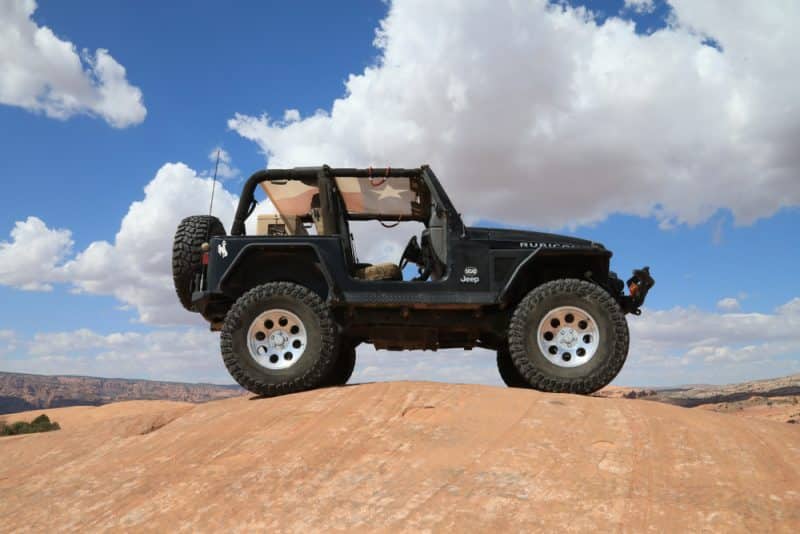
Only Jeep Wrangler Rubicon has its Jeep Wrangler locker fixed on it, right from the Factory. It comes standard with both rear and front Lockers.
If you’re going for safe rock climbing, I’d advise you to go to your Jeep dealership or mechanic to have a locker fixed on your Jeep.
They will fit your Jeep with a locker that fits the purpose you need.
Final Thoughts
Lockers are very useful, especially when considering making rock climbing and riding on snowy roads easily.
Of course, if you’re plying snowy roads, limited-slip differentials work best in this condition.
But if you prefer, need, and plan to get a locker, that’s cool! Many varieties are available; pick the one that suits you. Then, fix it on your Jeep and enjoy your ride.


